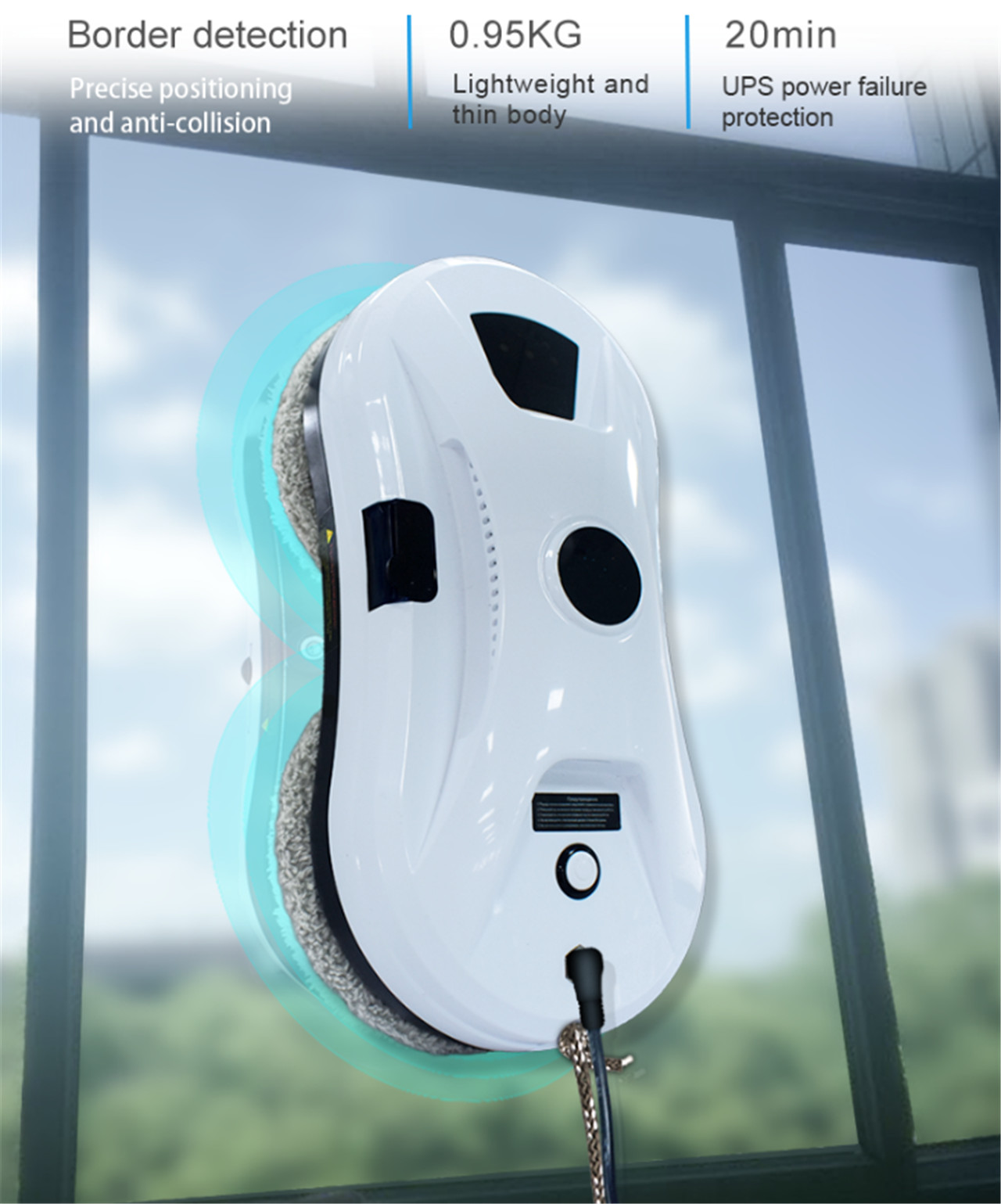Sponsored by the Asper Foundation and Reichman University
Robots using the technology that powers driverless cars are cleaning the windows of some of the world’s tallest buildings. Smart Window Cleaner Robot

They can work around the clock, they don’t leave streaks, and unlike their human counterparts they never miss a spot.
But more important than all of that… they save lives.
The “dirty, dull and dangerous” job of cleaning steel and glass skyscrapers has cost thousands of lives, according to Michael Brown, CEO & chairman of Skyline Robotics, based in Tel Aviv. “The problem, put simply, is that cleaning windows at height is extremely dangerous.”
Robots do the job much better, they can do it at least three times quicker, and they mean lives are no longer being put at risk.
Other companies have experimented with automated window cleaning solutions, mostly using rollers, like a car wash. But they’re hit-and-miss in terms of actually getting the windows clean and they’re not designed for buildings over 10 stories.
Skyline proudly describes its machine, called Ozmo, as “the world’s first high-rise window-cleaning robot”.
It’s lowered in a basket from the crane-like device (or building maintenance unit) common to all tall buildings.
Ozmo then works its way down the side of the building, using its own version of driverless car technology to map the façade, and clean it with soap-free de-ionized water. It’s then moved along sideways to begin its next descent, until the whole building is done.
“Cleaning windows is the worst job in the world,” Brown tells NoCamels. “It is so dangerous the heat is not to be believed. You’ve got the sun coming off of the windows, and you literally feel like you’re in an oven.”
If the wind starts blowing, the basket will sway, and anything over 25mph is generally deemed too dangerous for window cleaners to work.
Brown was in business supplies before he sold out for big bucks to Office Depot and then to Staples ($400 million and $300 million respectively).
It was 2019, he’d signed a seven-year “non-compete” agreement, and he was looking for a fresh challenge.
“I was driving in New York City, which obviously has a tremendous number of tall buildings,” he says. “And I said to myself, I cannot believe people are still cleaning windows by hand. Why are they not using robots?”
He teamed up with Avi Abadi, who’d founded Skyline Robotics in 2017 and who had already developed a prototype of the technology using lidar (light detection and ranging), force sensors which provide it with a sense of touch and sight, and advanced algorithms to calculate optimal cleaning paths. It intricately scans building surfaces, memorizing every curve and edge.
“I joined and we then tried to commercialize the product,” says Brown. “My experience in business swayed Avi and the board to let me join and try to bring this company to where it needed to get to.”
The robots are now tried, tested, patent-pending and hard at work. Last month the company announced an investment deal from the real estate giant Durst Ventures, an affiliate of The Durst Organization, that owns some of New York City’s most notable buildings.
They include the 104-story One World Trade Center – the tallest building in the Western Hemisphere – the new 7 World Trade Center, rebuilt after being damaged in the Twin Towers tragedy, and the 55-story Bank of America Tower, also known as 1 Bryant Park.
Globally there are 68,000 buildings tall enough to have the BMU – building maintenance unit – that supports the baskets that can hold the robots.
“We’re rolling it out very strategically with the largest building developers in New York first. Because New York is the most regulated market, in the world, for work at heights,” says Brown.
He’s also interested in Dubai and the UAE, home to the world’s tallest building, the 160-story 828-meter Burj Khalifa, and many other super-skyscrapers.
Brown is busy disrupting a $40 billion window cleaning industry that has, he says, done little to keep up with the ever-growing number of skyscrapers.
Recruiting human window cleaners is now tougher than ever. It simply doesn’t appeal to the younger generation, which is why three quarters of US windows cleaners are aged over 40.
“The robot can clean three to four times quicker than a human, doesn’t need to go to the bathroom, and doesn’t need to take a break. It can also do night cleaning,” says Brown.
The work is laborious. He says cleaning all the windows in a typical skyscraper, such as the 57-story 10 Hudsons Yard, in Manhattan’s West Side, would take 66 working days.
A robot working three times as fast, pulling three shifts a day, could get the job done in a fraction of the time. And they can work in pairs, or threes or even fours, all in the same big basket, and all synchronized so they don’t get in each other’s way.
As for the human window cleaners, Brown says there are plenty of employment opportunities for them to control the robots, move them between locations, or redeploy them.
For the future, Skyline is looking to make the most of its robots, by getting them to check buildings’ façades for damage, leaks, broken windows and any other maintenance issues.
“We’re up there anyway, and we’re taking in data all day long. So we’re able to give them an understanding of where their building is, from a health standpoint,” he says.

Smart Glass Cleaner Robot Vacuum There are also plans to adapt the robots so they can clean ships, aeroplanes, or any other large or challenging structure.